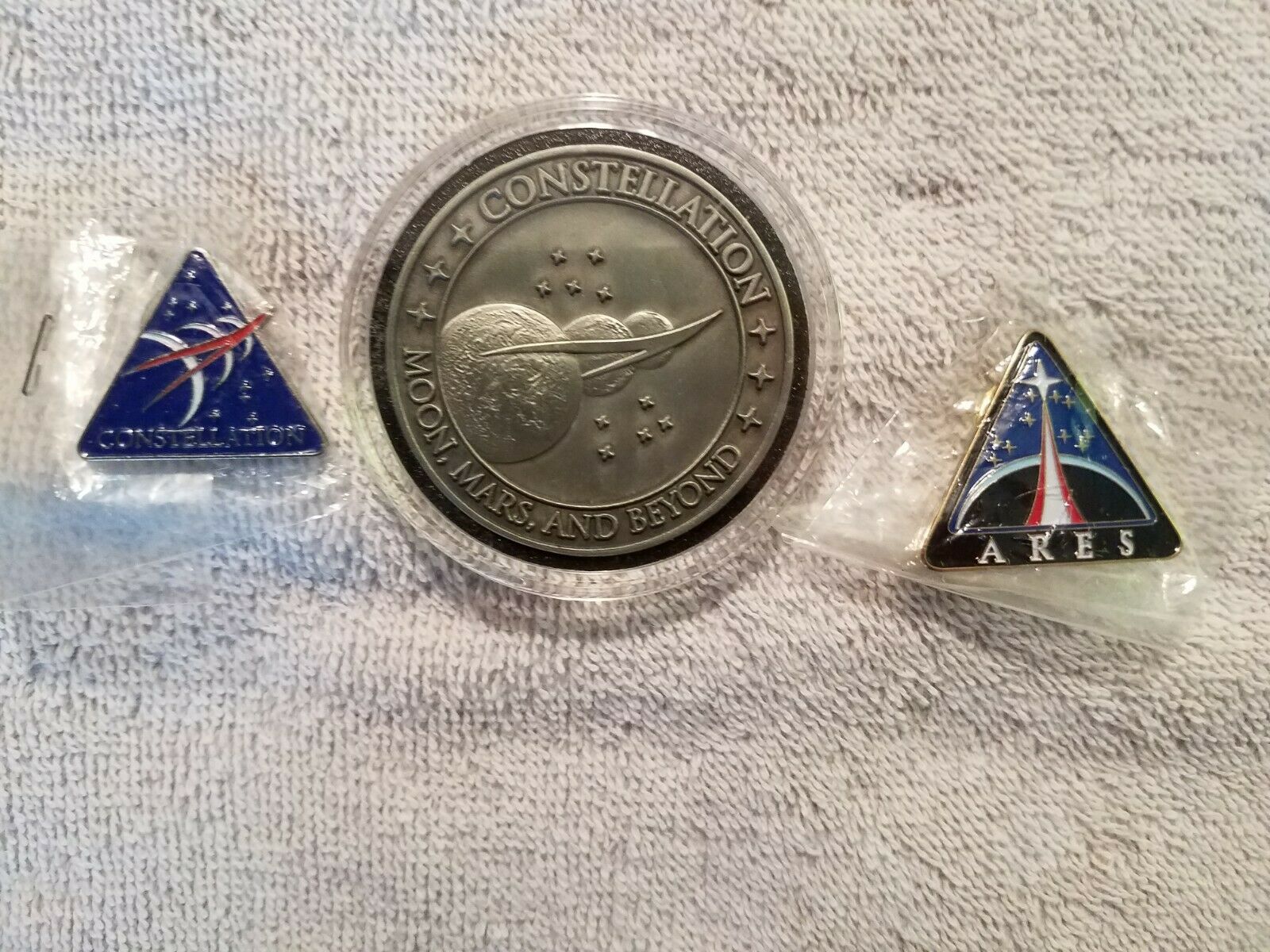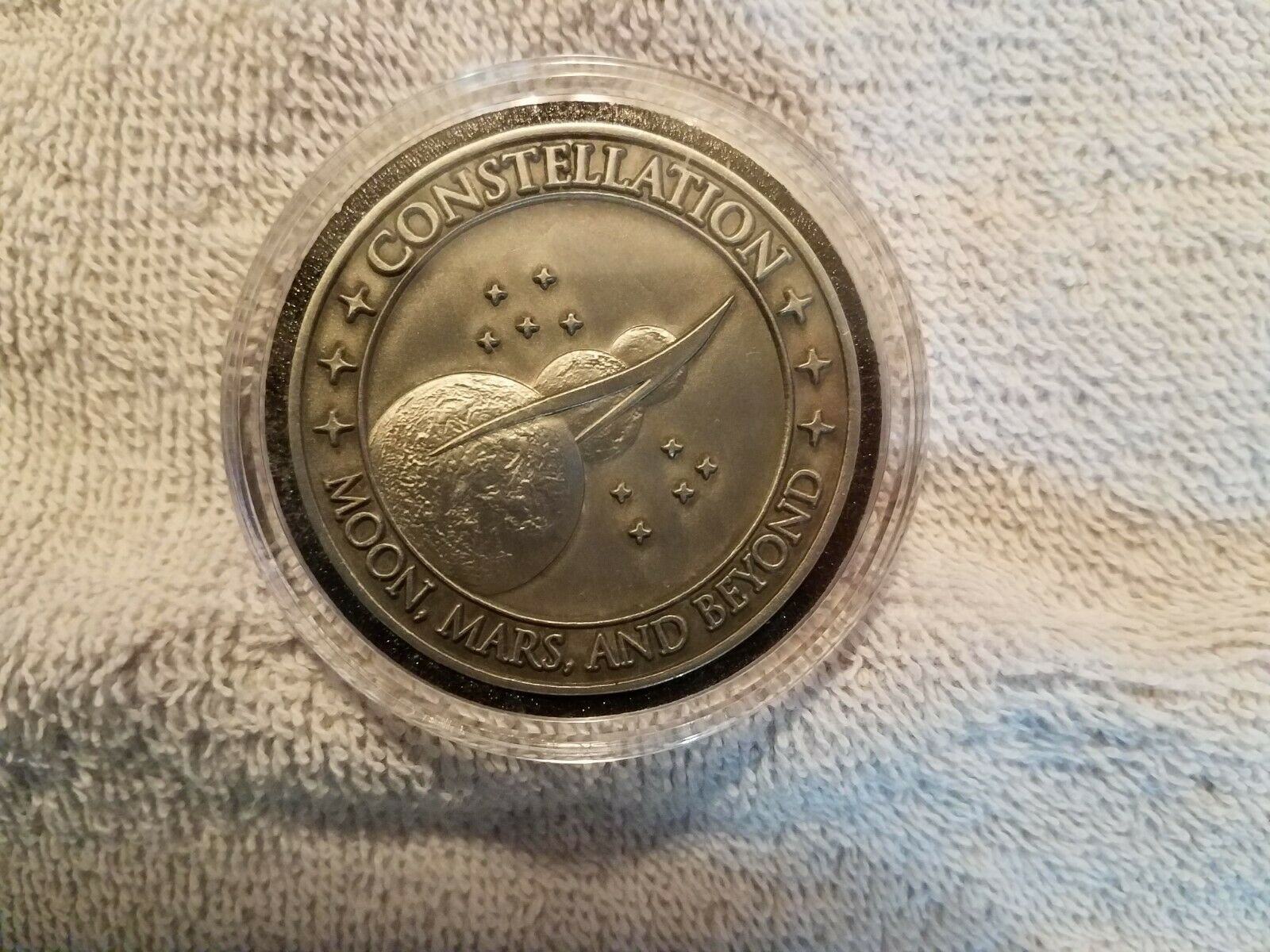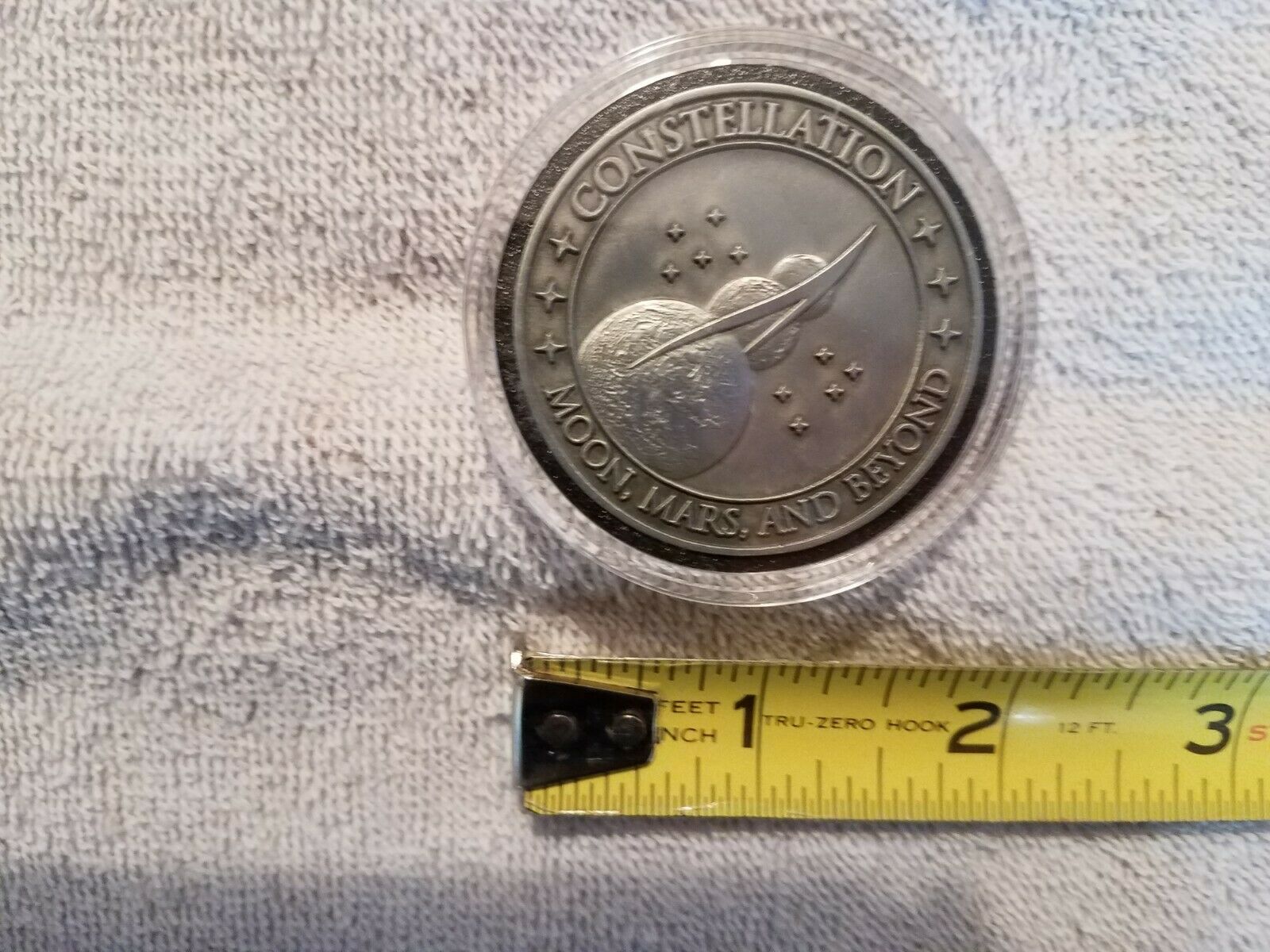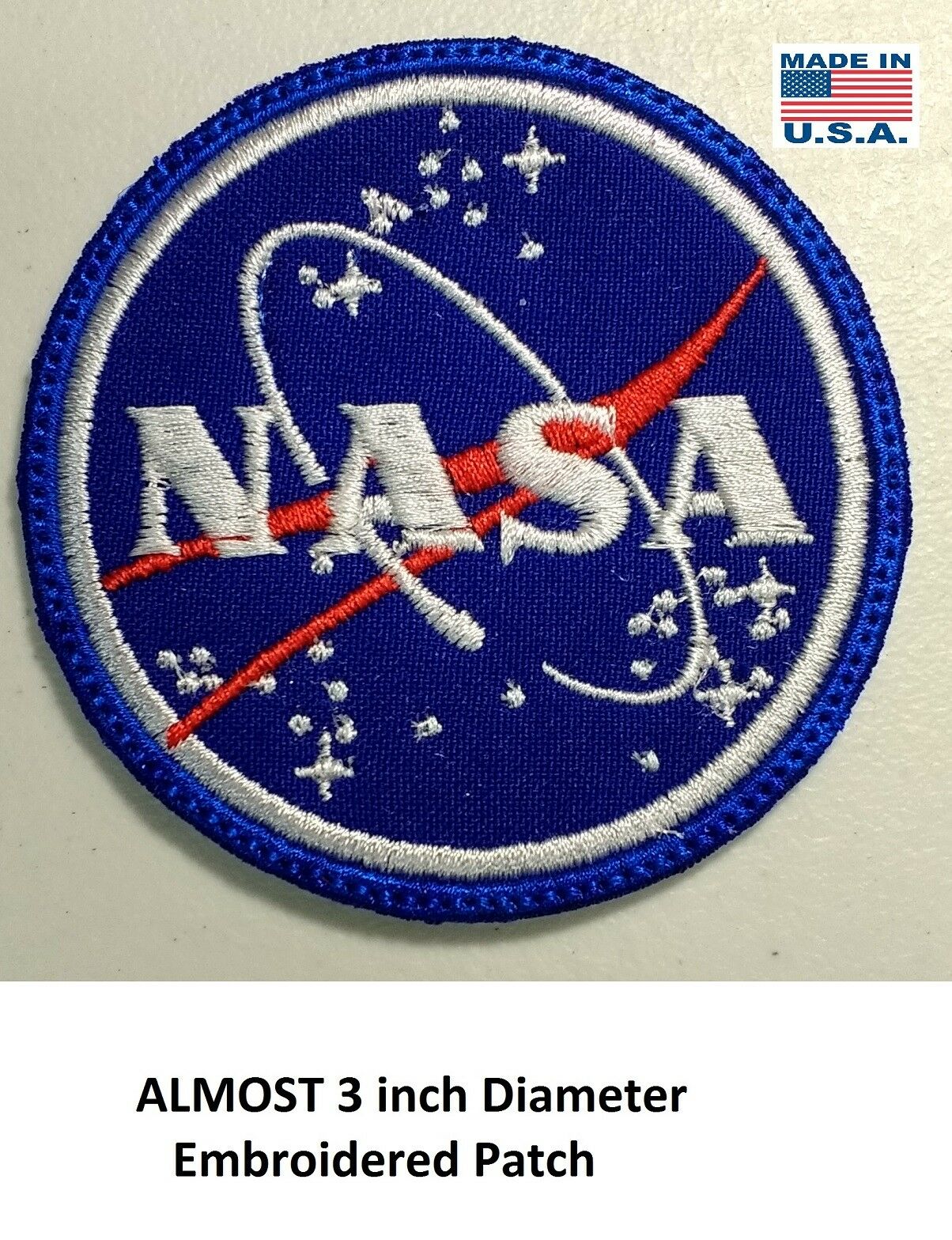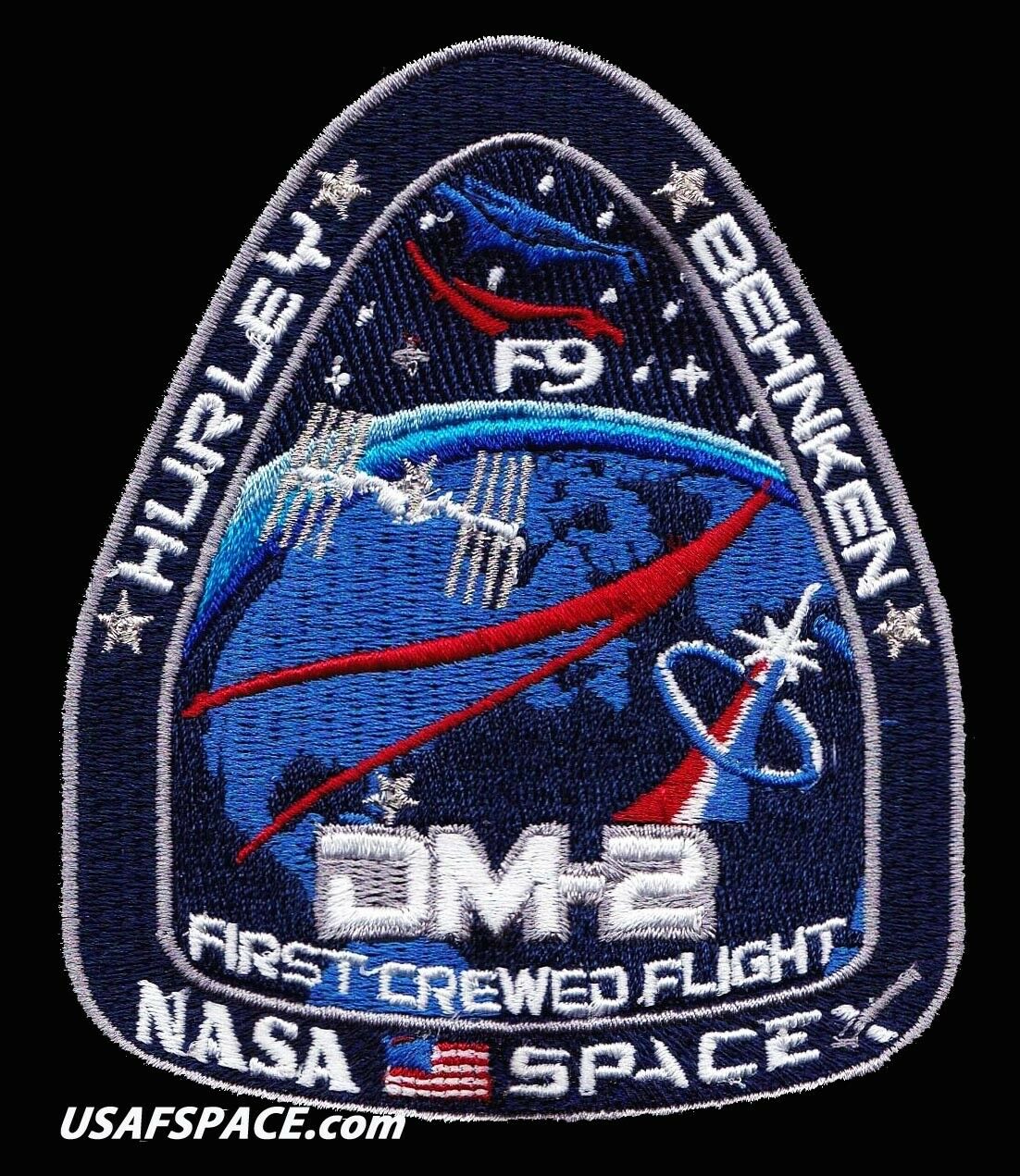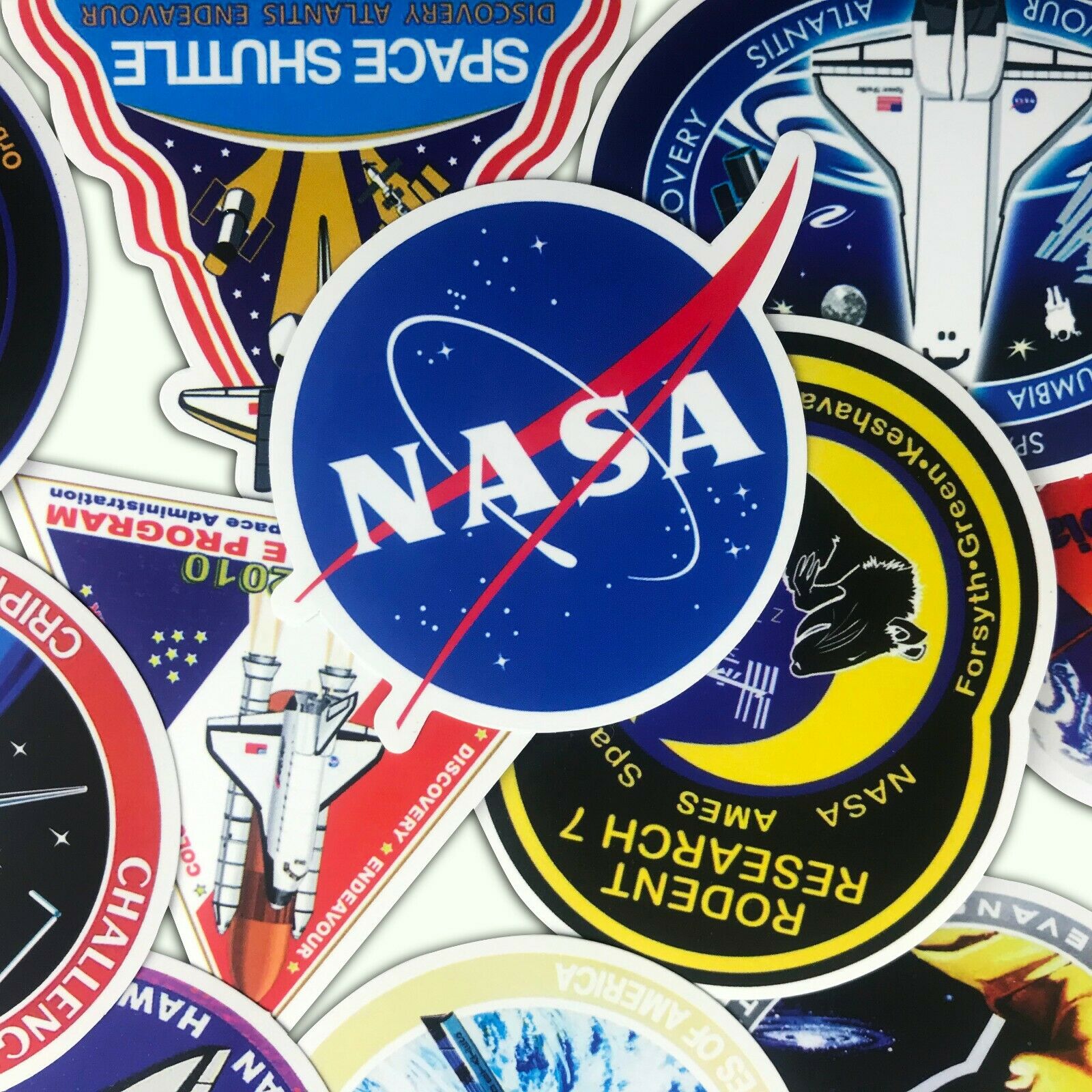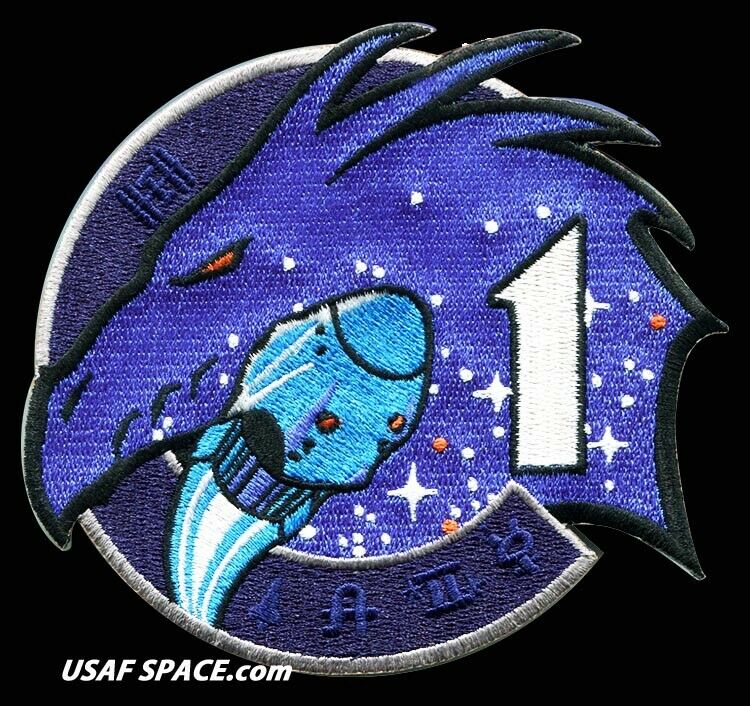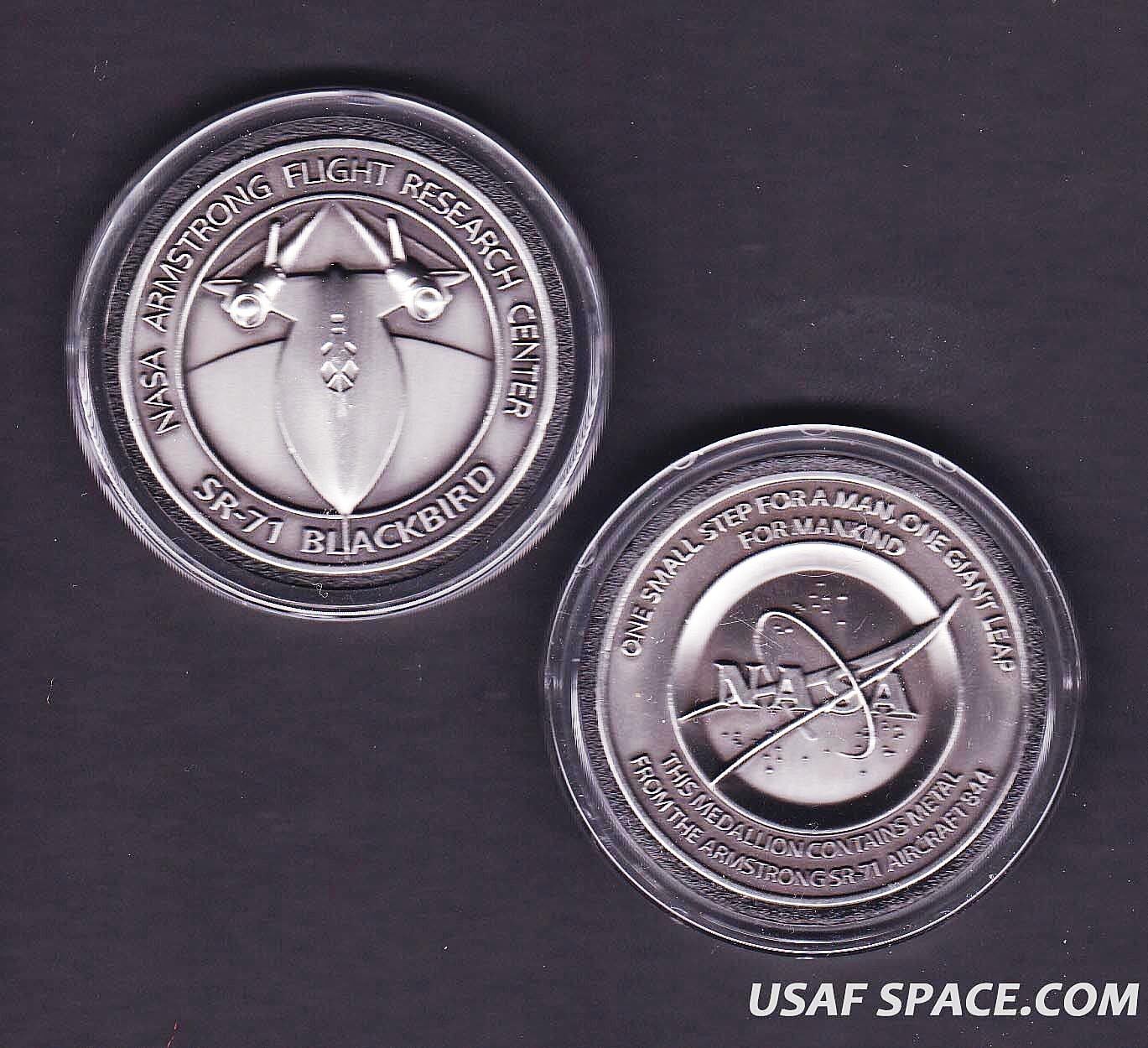-40%
NASA Constellation Return to the Moon Vehicle Flown Metal Coin/Pin Collection
$ 10.56
- Description
- Size Guide
Description
NASA ConstellationReturn to the
Moon
Ares I-X & Orion PA-1 Vehicles
Program, Flown Metal Medallion and Program Pins
Coin and Pins are in Excellent condition, please see all attached pictures
Shipping includes a Tracking Number
The Constellation program (abbreviated CxP)
is a cancelled
crewed spaceflight
program developed by
NASA
, the
space
agency of the United States, from 2005 to 2009. The major goals of the program were "completion of the
International Space Station
" and a "return to the
Moon
no later than 2020" with a crewed flight to the planet
Mars
as the ultimate goal. The program's
logo
reflected the three stages of the program: the Earth (ISS), the Moon, and finally Mars—while the Mars goal also found expression in the name given to the program's booster rockets:
Ares
(the Greek equivalent of the Roman god
Mars
). The technological aims of the program included the regaining of significant
astronaut
experience beyond
low Earth orbit
and the development of technologies necessary to enable sustained human presence on other planetary bodies.
Constellation began in response to the goals laid out in the
Vision for Space Exploration
under NASA Administrator
Sean O'Keefe
and President
George W. Bush
. O'Keefe's successor,
Michael D. Griffin
, ordered a complete review, termed the
Exploration Systems Architecture Study
, which reshaped how NASA would pursue the goals laid out in the Vision for Space Exploration, and its findings were formalized by the
NASA Authorization Act of 2005
. The Act directed NASA to "develop a sustained human presence on the Moon, including a robust precursor program to promote exploration, science, commerce and US preeminence in space, and as a stepping stone to future exploration of Mars and other destinations." Work began on this revised Constellation Program, to send astronauts first to the
International Space Station
, then to the
Moon
, and then to
Mars
and beyond.
Subsequent to the findings of the
Augustine Committee
in 2009 that the Constellation Program could not be executed without substantial increases in funding, on February 1, 2010, President
Barack Obama
announced a proposal to cancel the program, effective with the passage of the
U.S. 2011 fiscal year budget
. He later announced changes to the proposal in a
major space policy speech
at
Kennedy Space Center
on April 15, 2010. Obama signed the
NASA Authorization Act of 2010
on October 11, which shelved the program, with Constellation contracts remaining in place until Congress would act to overturn the previous mandate. In 2011, NASA announced that it had adopted the design of its new
Space Launch System
Design
NASA had already begun designing two boosters, the
Ares I
and
Ares V
, when the program was created. Ares I was designed for the sole purpose of launching mission crews into orbit, while Ares V would have been used to launch other hardware which required a heavier lift capacity than the Ares I booster provided. In addition to these two boosters, NASA designed other spacecraft for use during Constellation, including the
Orion
crew capsule, the
Earth Departure Stage
secondary booster, and the
Altair
Lunar Lander.
NASA planned to use two separate boosters for the Constellation Program missions – the
Ares I
for crew and the
Ares V
for cargo. This would have allowed the two launch vehicles to be optimized for their respective missions, and allowed a much higher total lift for the Ares V without being cost-prohibitive. The Constellation Program thus combined the
Lunar Orbit Rendezvous
method adopted by the
Apollo program
's lunar missions with the
Earth Orbit Rendezvous
method which had also been considered.
The name
Ares
(the Greek god called Mars in Roman mythology) was chosen for the boosters as a reference to the project's goal of landing on Mars. The numbers I and V were chosen to pay homage to the Saturn rockets of the 1960s.
REMEMBER! POLITICS AND SPACE EXPLORATION DO NOT GO TOGATHER!!
